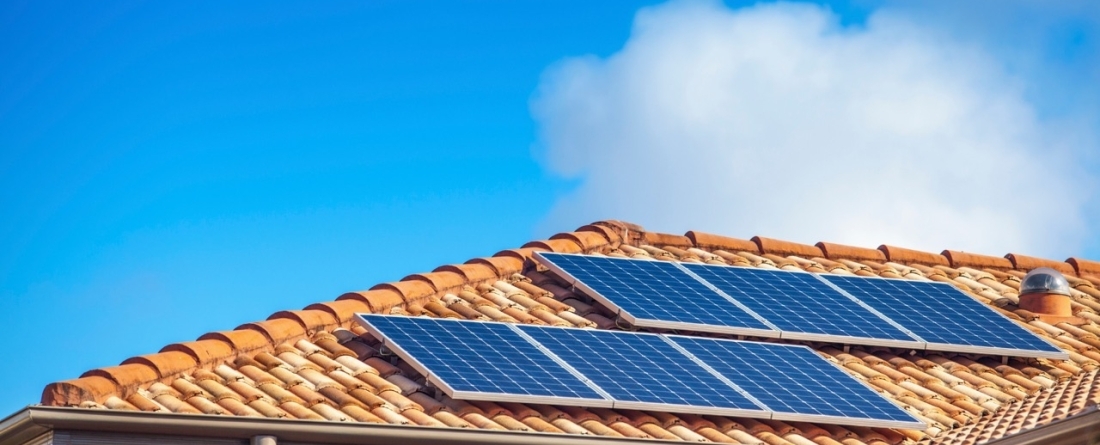
Zhao, A., R. Cui, C. Campos Morales, J. Sun, W. Peng, C. Squire, K. Ordonez Olazabal, X. Chen, X. Huang, K. Feng, A. Bryant, L. Hinkle, S. Vo, M. Faggert, C. Dahl, and N. Hultman (2025). “U.S. Clean Energy Policy Rollbacks: The Economic and Public Health Impacts Across States.” Center for Global Sustainability, University of Maryland. 26 pp.
- Federal clean energy policy rollbacks in the United States will lead to substantial economic and health damages across the country, with some severe state and local impacts, resulting in a $206 increase in average home energy costs in 2035, as well as an additional 22,800 deaths of Americans, a $1.1 trillion reduction in U.S. GDP, and a $160 billion income loss cumulatively over the next decade. These rollbacks will also limit the rate of reduction of economy-wide greenhouse gas (GHG) emissions.
- While people and local economies in all states are affected, some states and regions experience greater impact in economic and health activity due to federal rollbacks. Texas, West Virginia, North Dakota, Pennsylvania, Michigan, Indiana, Ohio, Kentucky, Virginia, Maryland, Montana, and Alaska are among the states that experience high levels of negative impact.
- This analysis advances a state-of-the-art approach to assess the broad societal impacts of federal clean energy policy rollbacks across specific geographic regions in the United States. It does this by coupling an open-source global integrated assessment model with 50-state resolution in the U.S. with an air quality and health impact assessment model and an Input-Output model of the economy.
- This study finds that a full reversal of major current federal clean energy policies would lead to increased costs for Americans, with average home energy expenditures rising by $206 in 2035.
- The economic impacts of federal clean energy rollbacks also include a $194 billion loss in GDP and a $26 billion loss in disposable income relative to current policies in 2035.
- States like Texas, Michigan, Indiana, and Montana experience the largest economic impacts, with $5.3 – $8.8 billion in GDP losses.
- The largest percentage reductions are found in Alaska, Wyoming, Vermont, and Montana, which see GDP losses of 4.5% – 5.3%.
- Federal clean energy rollbacks would also substantially worsen air quality and health damages, resulting in nearly 10% higher annual PM2.5 concentration and 3,100 additional deaths annually compared to current policies in 2035.
- Substantial increases in PM2.5, SO2, and NOx emissions are found in the power, buildings, and industrial sectors.
- Increases in pollution and health damages are found in every state, but are unevenly distributed. The largest percentage increases are found in West Virginia (14%), North Dakota (13%), Pennsylvania (10%), Virginia (9%), Maryland (9%), Ohio (9%), and Kentucky (9%).
- Relative to current policies, the full rollback scenario would see the national share of renewable electricity drop from 51% to 46%, and new passenger electric vehicle (EV) sales shares fall from 66% to 42% in 2035. Methane emissions would increase by 5% relative to 2020 levels, compared to a 15% reduction under current policies. The full rollback scenario would also lead to lower electricity demand with 10% higher electricity rates.
- This study investigates the impact of maximum reversal of federal policies with consistent levels of clean energy policy from subnational actors such as states, cities, businesses, counties, tribal governments, and others. However, levels of subnational action could also change as a result of national or global policy and economic factors. Notably, opportunities for enhanced subnational action on clean energy exist, and expanding this action can make up for some of the rollbacks at the federal level.
- In addition, this study reviews examples of federal clean energy policy implementation across the United States. Widespread economic and health benefits are delivered to states, cities, businesses, healthcare facilities, public schools, and more through abandoned mine remediation, EV battery plant installations, clean energy upgrades for old buildings, brownfield transformations, and more.
Over the coming decade, the Inflation Reduction Act (IRA), Bipartisan Infrastructure Law (BIL), EPA regulations on power plants and tailpipe emissions, and other existing federal clean energy policies are expected to provide a range of economic and health benefits for American communities in addition to accelerating the clean energy transition.
The Center for Global Sustainability's new report found that rolling back these clean energy policies can cause substantial damages to economic and health outcomes across the country, resulting in a $1.1 trillion reduction in U.S. GDP by 2035, a $160 billion cumulative income loss, and at least 22,800 additional deaths of Americans cumulatively over the next decade.
Check out some of the specific state-level impacts below.
